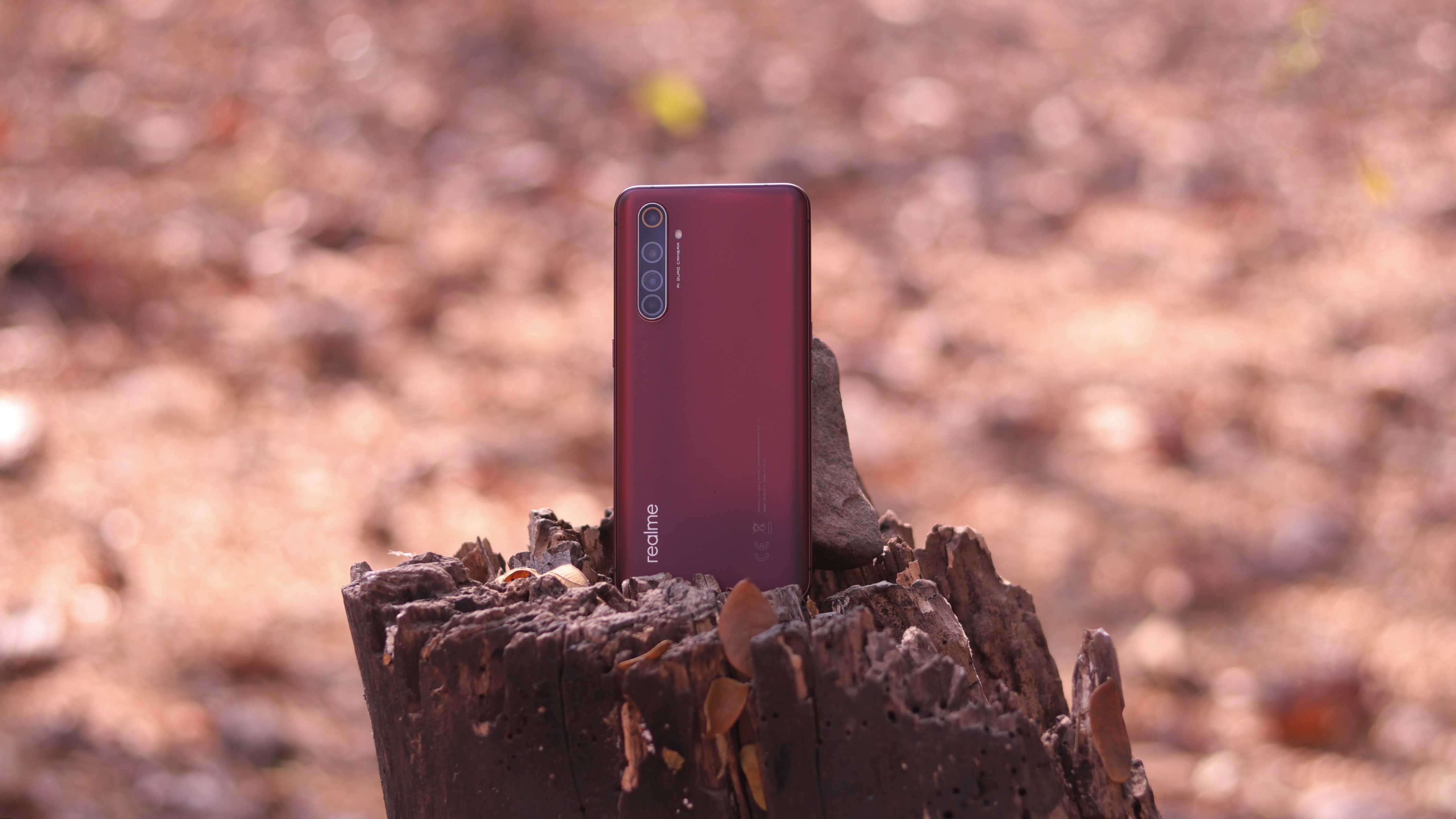TechRadar Verdict
Realme X50 Pro is a flagship smartphone with top-of-the-line hardware and Realme UI out-of-the-box. Being 5G compatible, it's future-proof for when the commercial rollout happens and is priced at a sweet spot, which is going to become a battleground in the coming months.
Pros
- +
Performance beast
- +
High refresh rate screen
- +
Speedy 65W fast charging
- +
Matte finish design
- +
Decent cameras for daylight
Cons
- -
No microSD card slot
- -
Slightly heavy
- -
Below average low-light camera performance
Why you can trust TechRadar
Realme X50 Pro 5G is the second flagship smartphone by the company after the X2 Pro. It is also the first smartphone in India to ship with Snapdragon 865 5G chip and is faced with a conundrum as there is no live 5G network in India yet.
As to when can we expect a 5G rollout in India, the answers may vary depending on who you’re asking. According to Rajen Vagadia, VP & President at Qualcomm India, there were around 34-35 million 4G ready smartphones in the hands of consumers before 4G was rolled out commercially in 2016.
With the X50 Pro, Realme together with Qualcomm wants to do just that and it’s not the only one. Vivo’s upcoming IQOO 3 will be available in two variants-- 4G & 5G, leaving it to the user whether they want to switch to a 5G enabled phone right now or wait till a commercial rollout begins.
With that out of the way, Realme X50 Pro can be called a spiritual successor to the X2 Pro which was launched in 2019. It is a flagship smartphone through and through and brings the top-of-the-line Snapdragon 865 chip to the sub-Rs 40,000 budget segment.
Realme X50 Pro price and availability
Realme X50 Pro is available starting at Rs 37,999 for the base variant with 6GB RAM and 128GB storage and Rs 39,999 for the model with 8GB RAM. The maxed-out X50 Pro has 12GB RAM and 256GB storage and is priced at Rs 44,999 in India.
It is available to purchase from the Realme India store and Flipkart. It comes in two colors-- Moss Green and Rust Red.
Design & Display
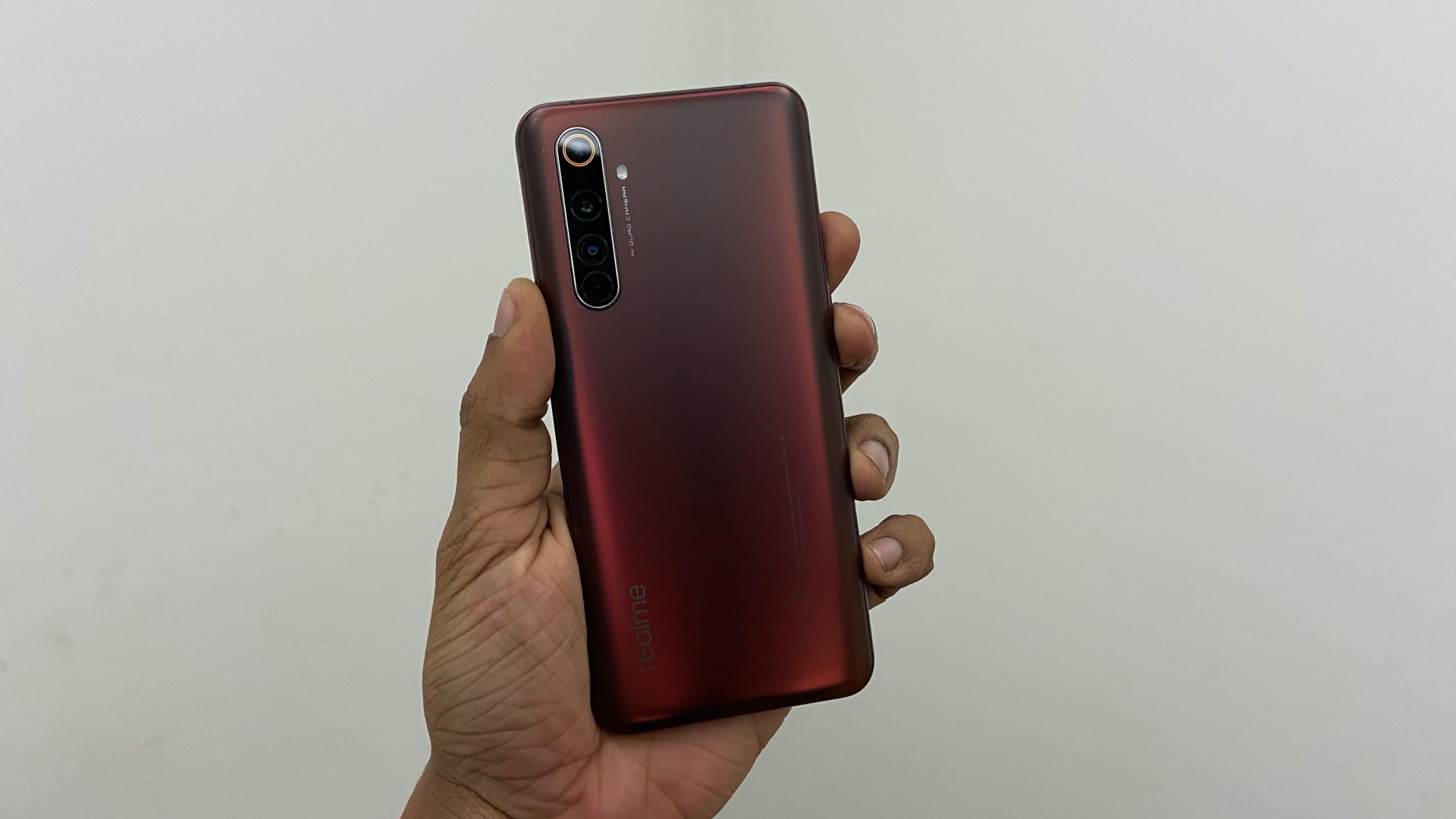
Realme X50 Pro features an aluminum-glass sandwich design with a layer of Gorilla Glass 5 both on the front and back. It is a bit smaller than the X2 Pro but slightly heavier due to a bigger battery and new processor. It weighs around 205 grams and measures 8.9 millimeters at the thickest point.
The rear panel of the phone has a OnePlus 7 like smooth matte finish that feels good in the hand. Realme says it has used the AG Glass solution that reduces reflections in glass giving it the matte lustre. It’s not too in-your-face or blingy as in contrast to the variety of gradient color options we get these days.
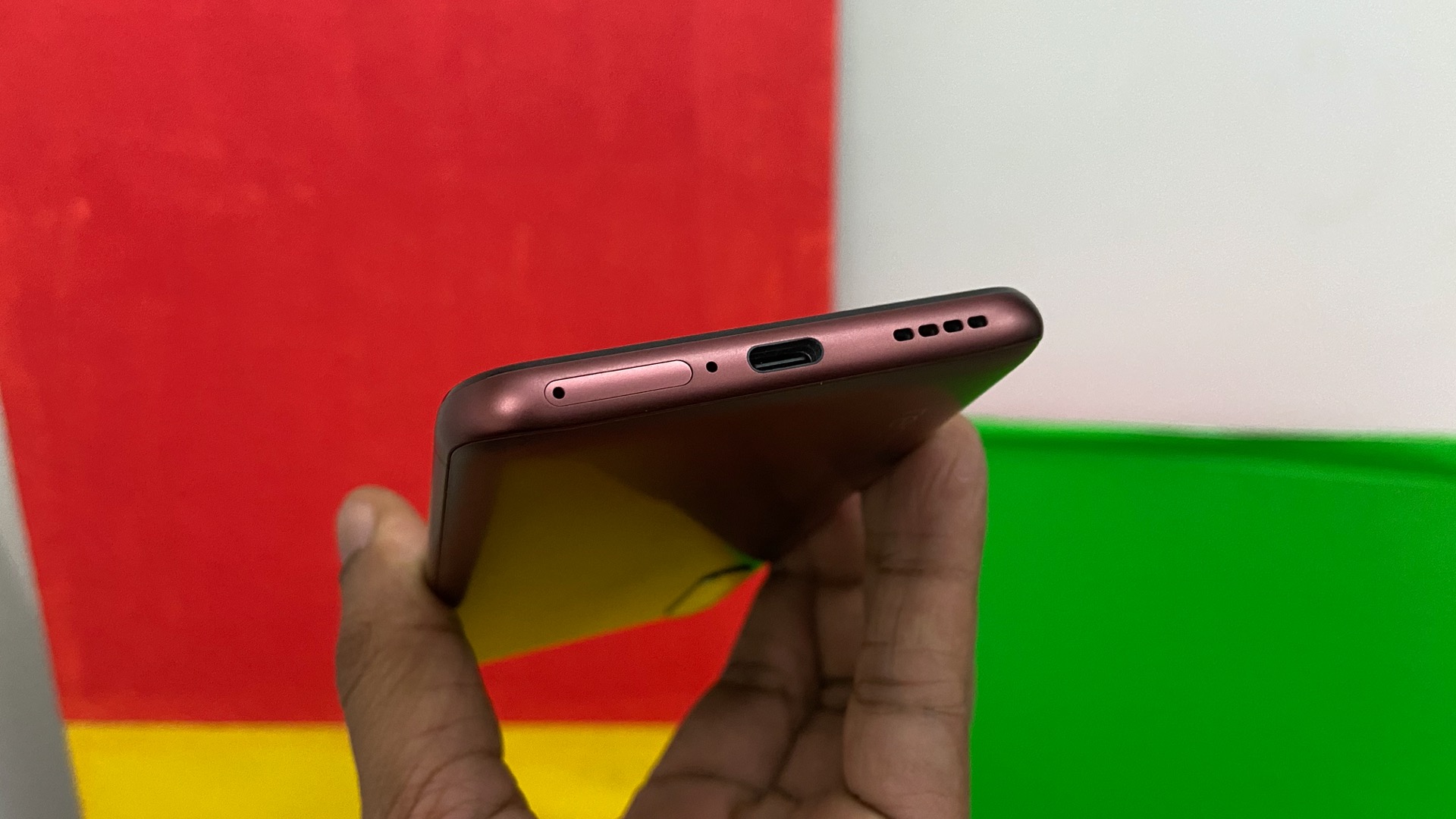
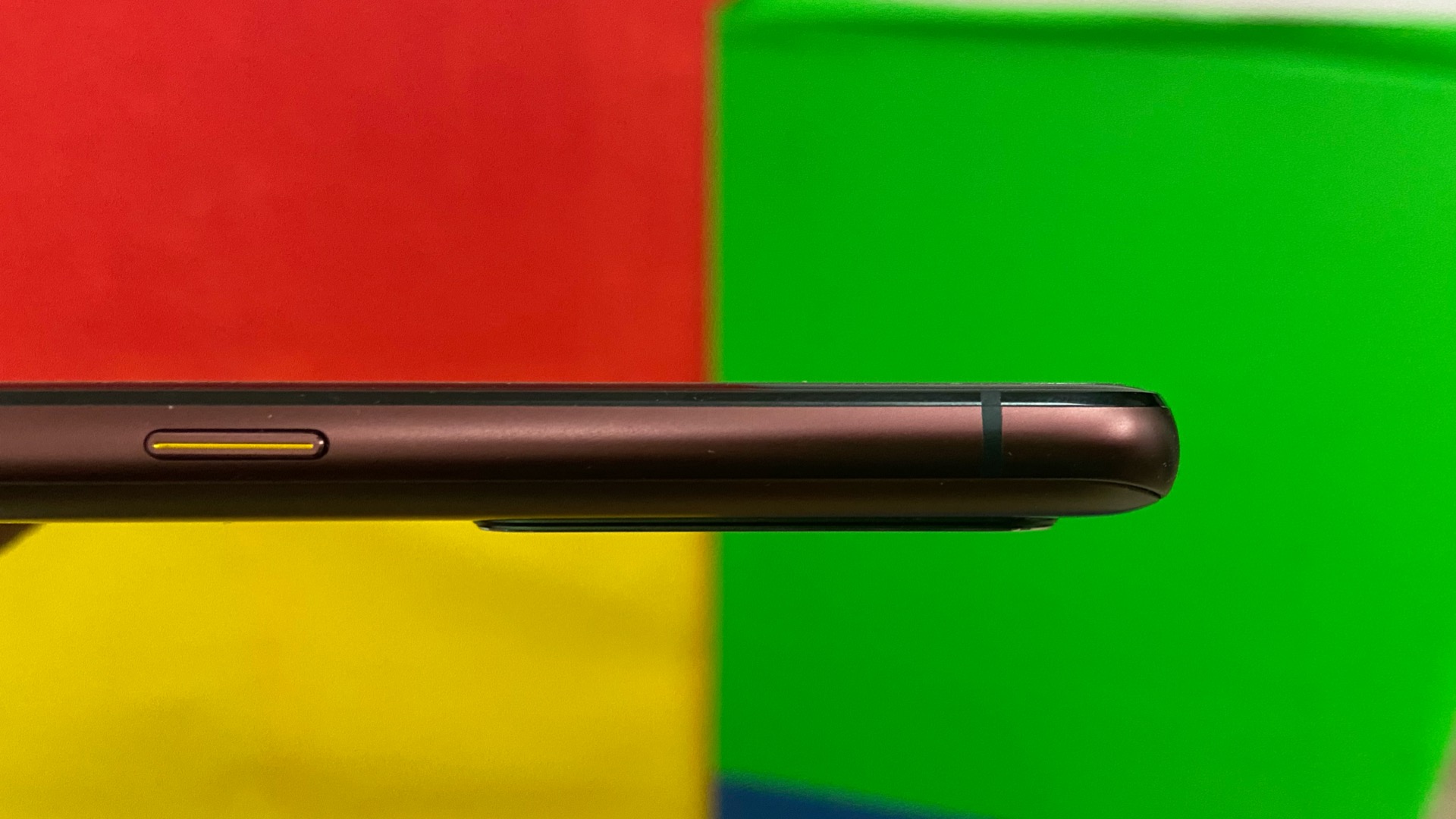
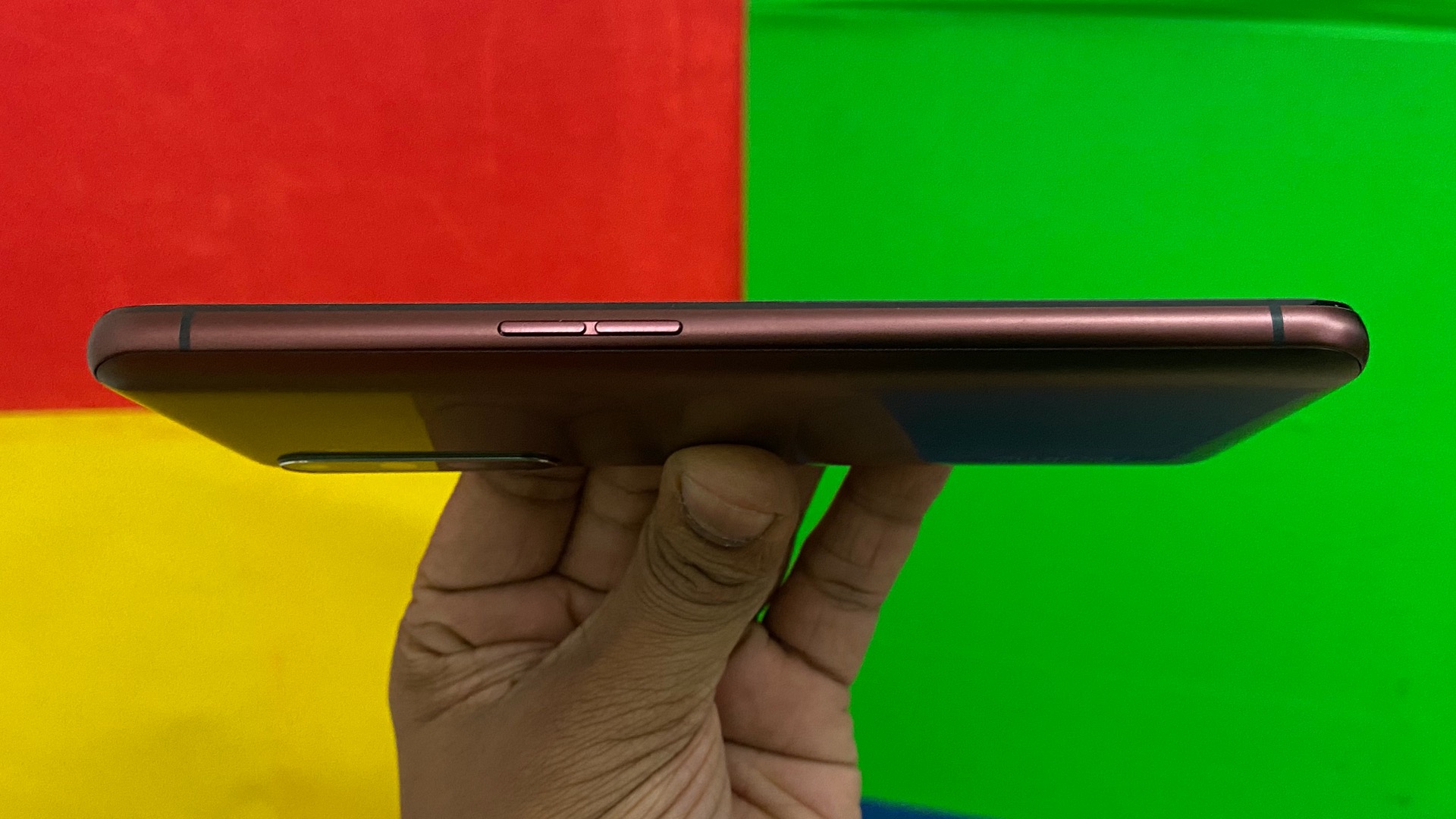
The camera module is tucked away in the left corner of the phone and just on the opposite end, we have the brand marker. Thumbs up to Realme for not messing up the placement of their logo this time around!
On the right edge, there’s a power button with a yellow accent while the volume rockers are situated on the left edge. At the bottom, there’s a SIM card slot followed by the USB Type-C port and the speaker grille. The X50 Pro does away with the 3.5mm jack in lieu of trying to push the users of its flagship phone towards adapting to Realme Buds Wireless. This is nothing new and in line with the footsteps of major OEMs skipping the audio jack.
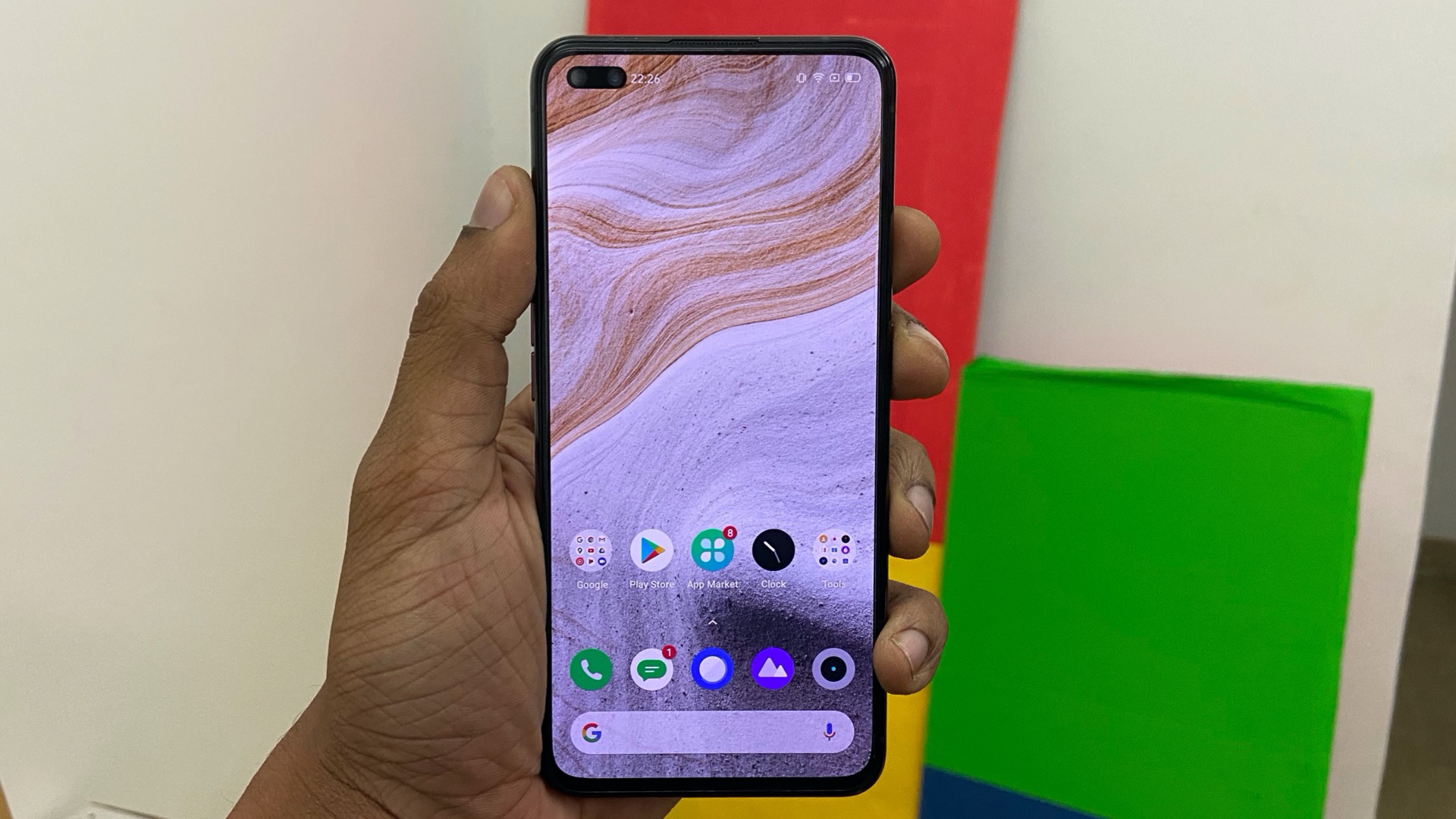
Realme X50 Pro features a 6.44-inch Full HD+ (2400 x 1080 pixels) resolution Super AMOLED screen with dual punch hole cutouts for two front-facing cameras, a first for Realme. This gives the screen a 20:9 aspect ratio which is decent for watching videos or movies on the phone.
The display has a 90Hz high refresh rate which means that you will notice smoother transitions while scrolling, browsing, watching videos or playing games. The screen is also certified for HDR10+ playback and supports 100% DCI-P3 color gamut range. In case you are not comfortable with the default color tone of the display, there are options to tweak it manually and different color modes to choose from. Given the advancements in display technologies, there is a wide range of options available to make the screen more comfortable to view.
In our use, we found the screen to be on par with other phones in this price segment and so you can expect a premium viewing experience. The screen is great for watching videos and playing games, however, the dual-punch hole could become an eyesore for some.
It is also equipped with a third-generation in-display optical fingerprint reader that provides a larger touch area for you to unlock the phone in 0.27 seconds. In our use, we could easily unlock the phone and the reader seemed to be rather snappy.
Overall, we’re impressed by the build of the X50 Pro and especially the matte finish on the back. In our brief use, we found the display to be pretty good at reproducing colors which one comes to expect of an AMOLED panel.
Cameras
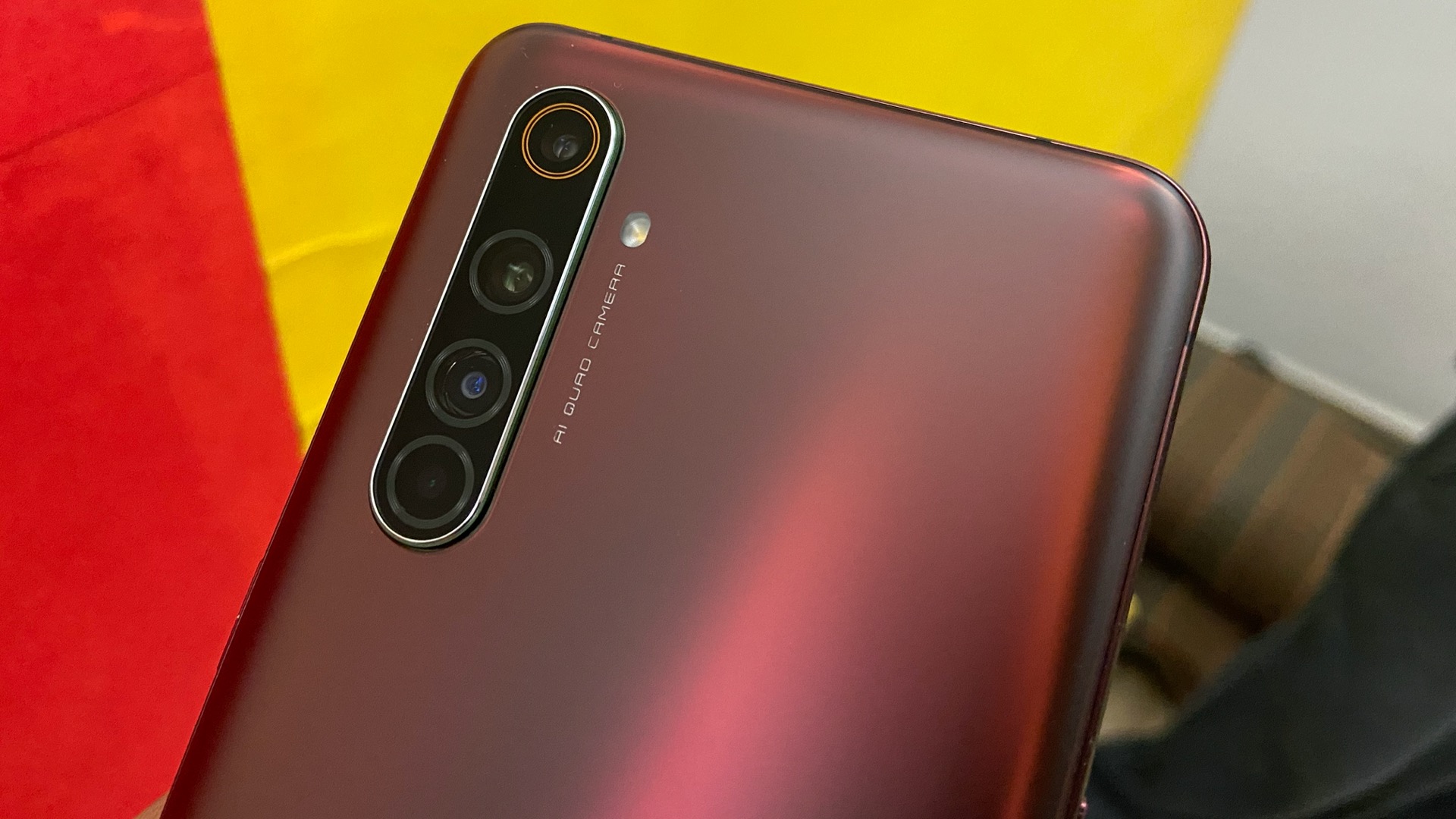
Realme X50 Pro features a quad camera setup which consists of a primary 64MP camera that uses Samsung GW1 sensor with an f/1.8 aperture, a 12MP telephoto lens with 20x hybrid zoom, an 8MP ultra-wide-angle-lens with a 119-degree field-of-view that doubles up as a macro camera with a minimum focusing distance of 3 centimeters and finally, a 2MP monochrome lens for portrait mode.
This setup is only a little bit different than the X2 Pro when it comes to hardware, but the latter is better optimized to handle different kinds of lighting environments, whereas the X50 Pro isn’t. The ultra-wide-angle lens is fun to play around with and gives you an extensive view. Though the software isn’t able to put up with it, often resulting in over-processed images with low clarity towards the edges.
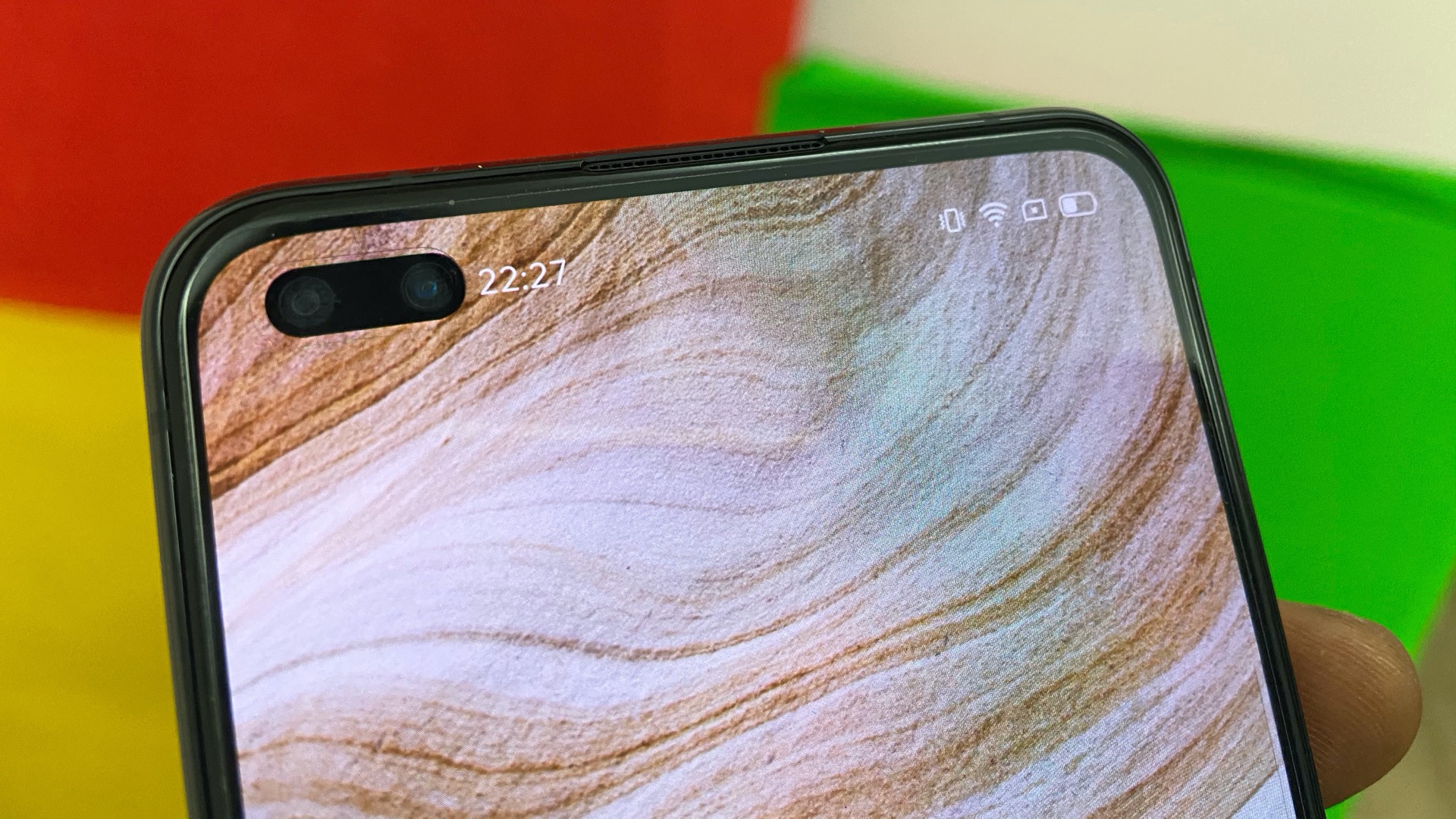
On the front, there’s a pair of selfie cameras with a 32MP Sony IMX616 sensor and an 8MP ultra-wide-angle lens with a 105-degree field of view.
The cameras on the X50 Pro are capable of recording 4K video at 30fps, Full HD slow-motion videos at 120fps, real-time bokeh video and more. The phone uses gyroscope based Electronic Image Stabilization to deal with unwanted shakes and movement while shooting videos and creating pictures.
The Nightscape mode also receives an update to version 3.0 bringing in a new super nightscape and ultra nightscape modes that claim to create bright pictures in low light environments. There’s a tripod mode for making the phone more steady when creating a picture at night.
Realme X50 Pro has a decent set of cameras that are versatile, however, there’s not tuned up to the mark as you would come to expect of a flagship phone. Having said that, the cameras are capable of making sharp and detailed pictures with close to natural colors. The dynamic range is also decent and there are features like Chroma Boost to increase the saturation and vibrancy in pictures.
What doesn’t seem to work more often than not is the focusing system that behaved erratically in our use. We can also notice the overprocessing done by the camera system in some pictures and the unnecessary softening of certain elements in the frame.
The camera performance in low-light is also a disappointment with nightscape mode being of little help. The pictures taken at night or low-lit environments came out filled with more noise and little clarity. Now, All of these issues are not as major and can be fixed via software update easily.


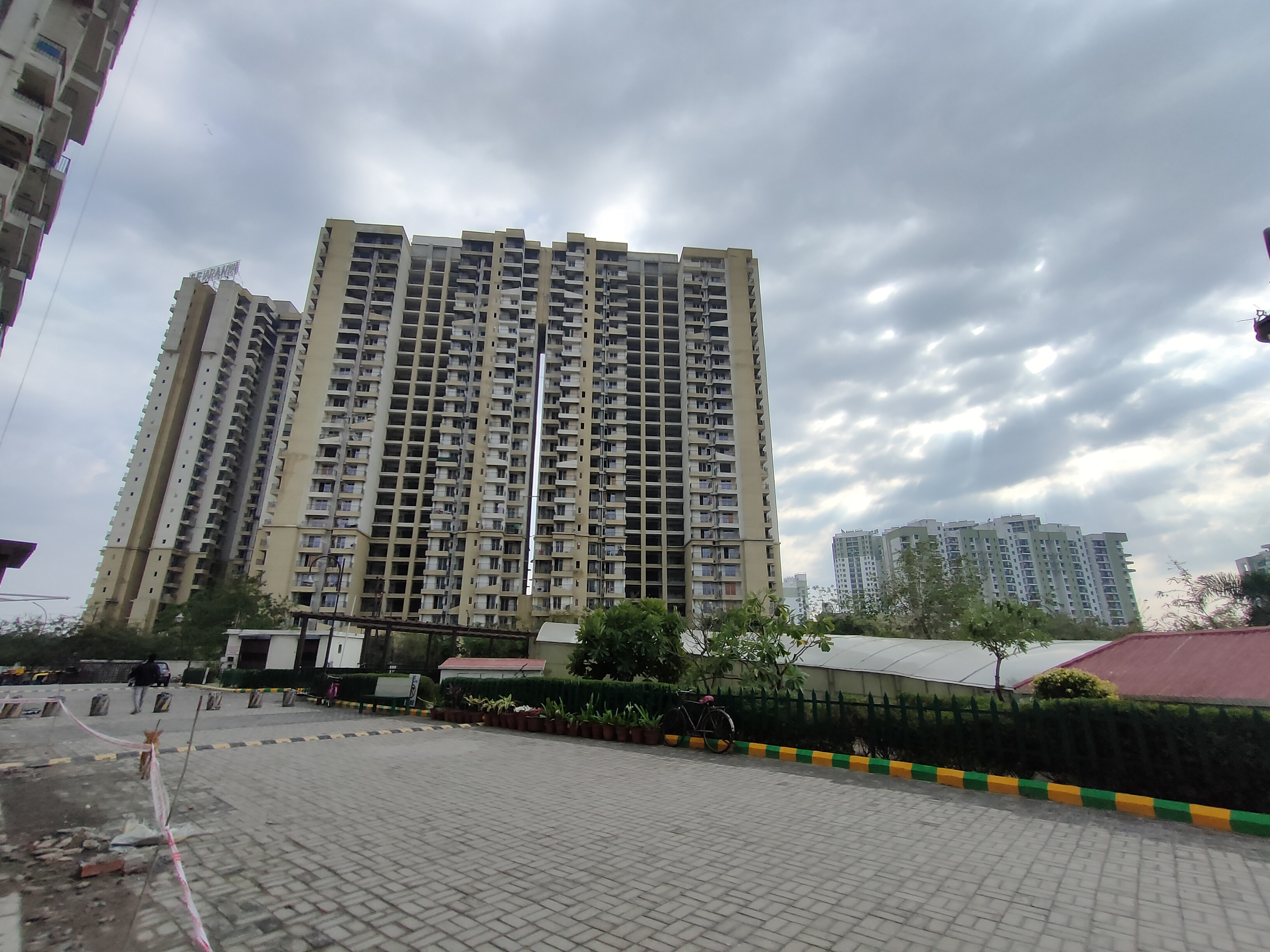

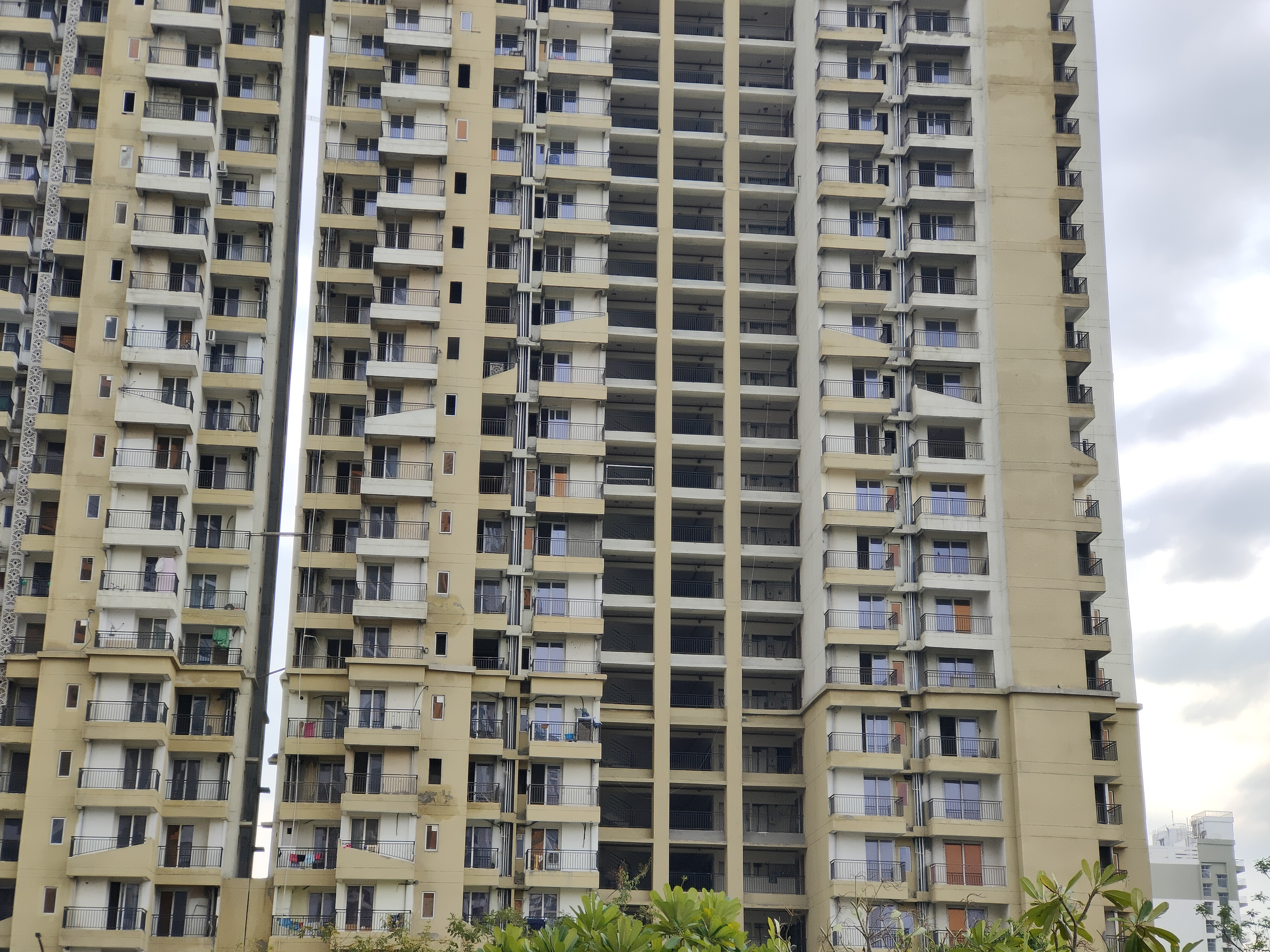
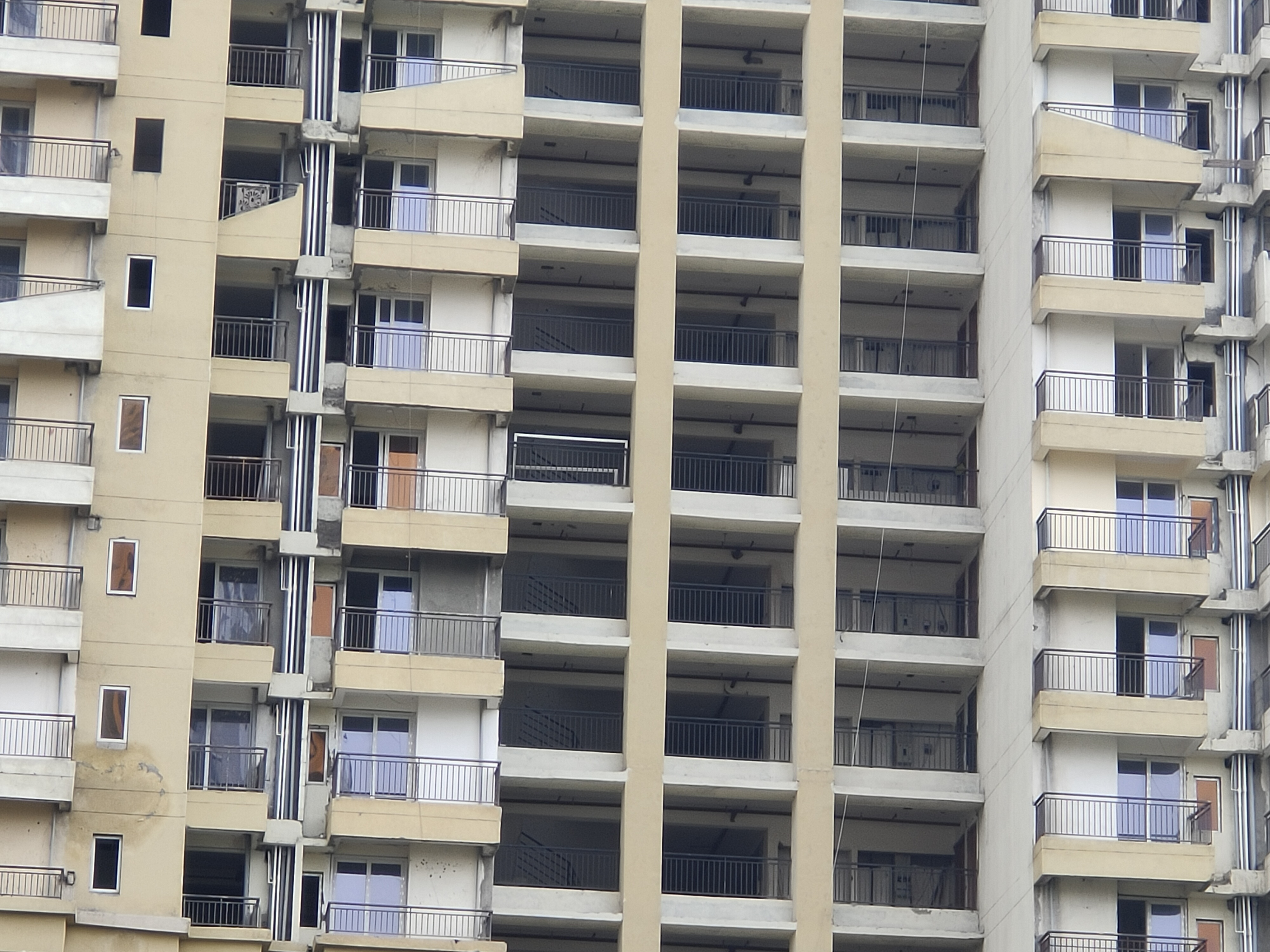

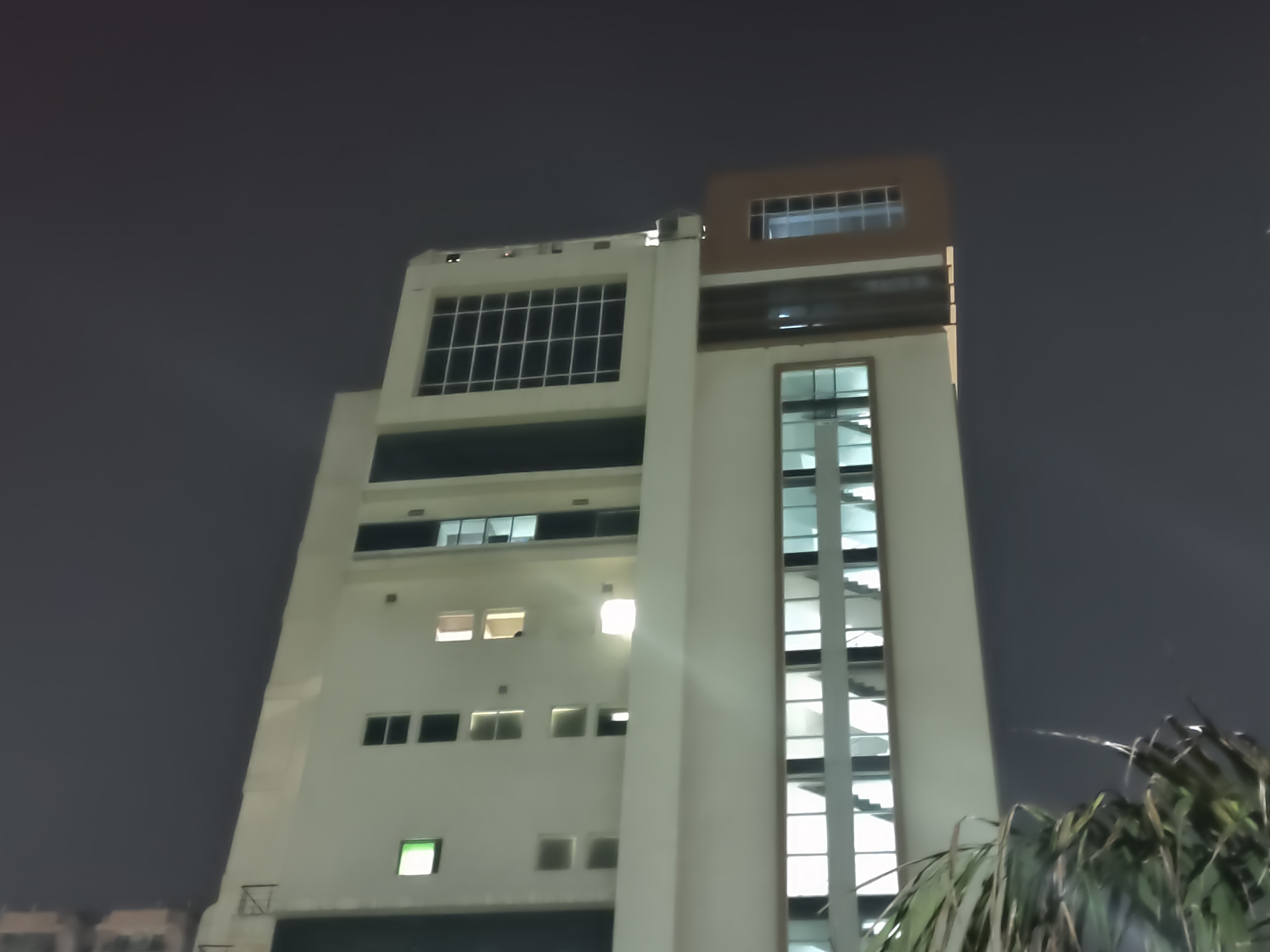


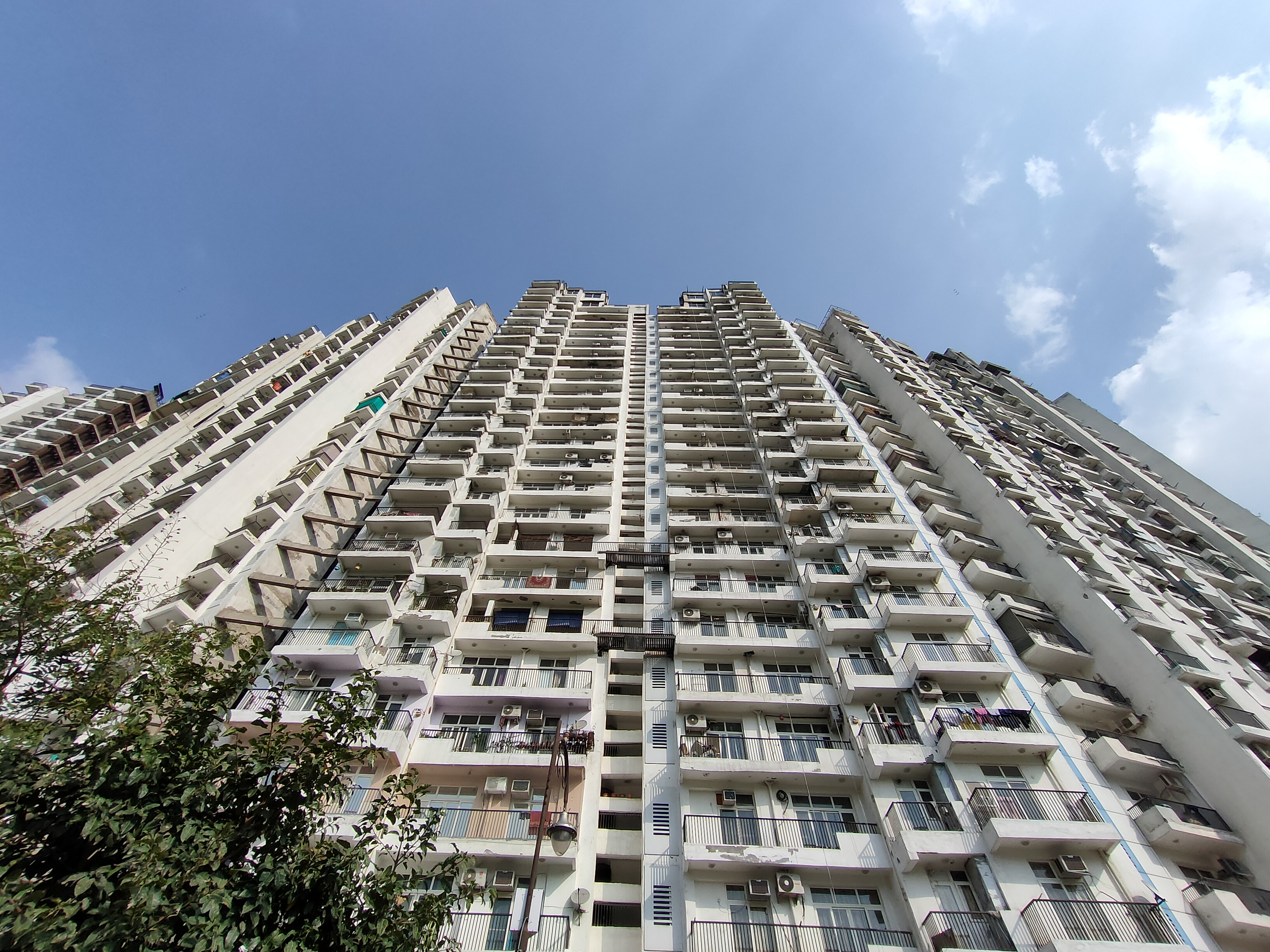

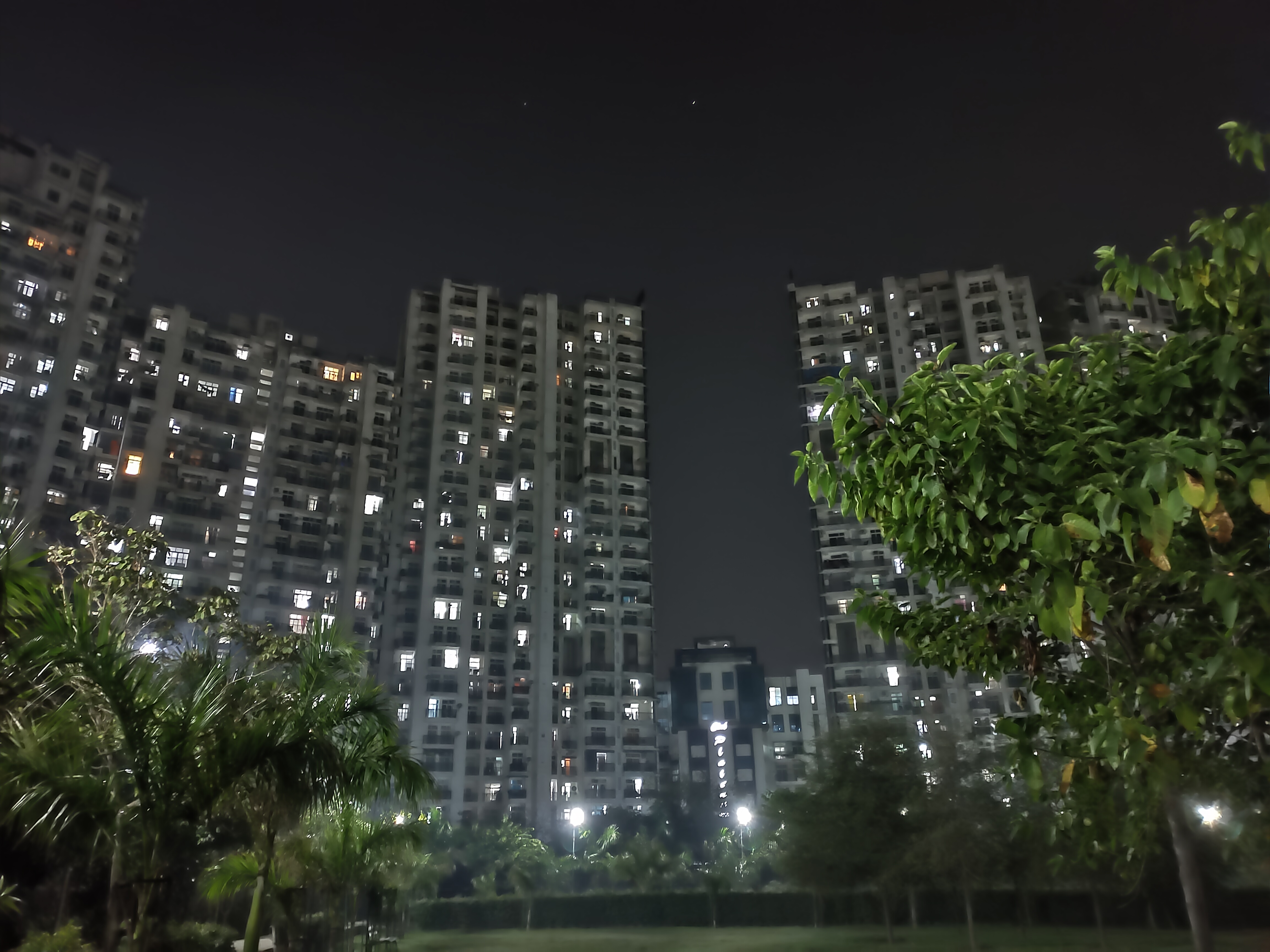
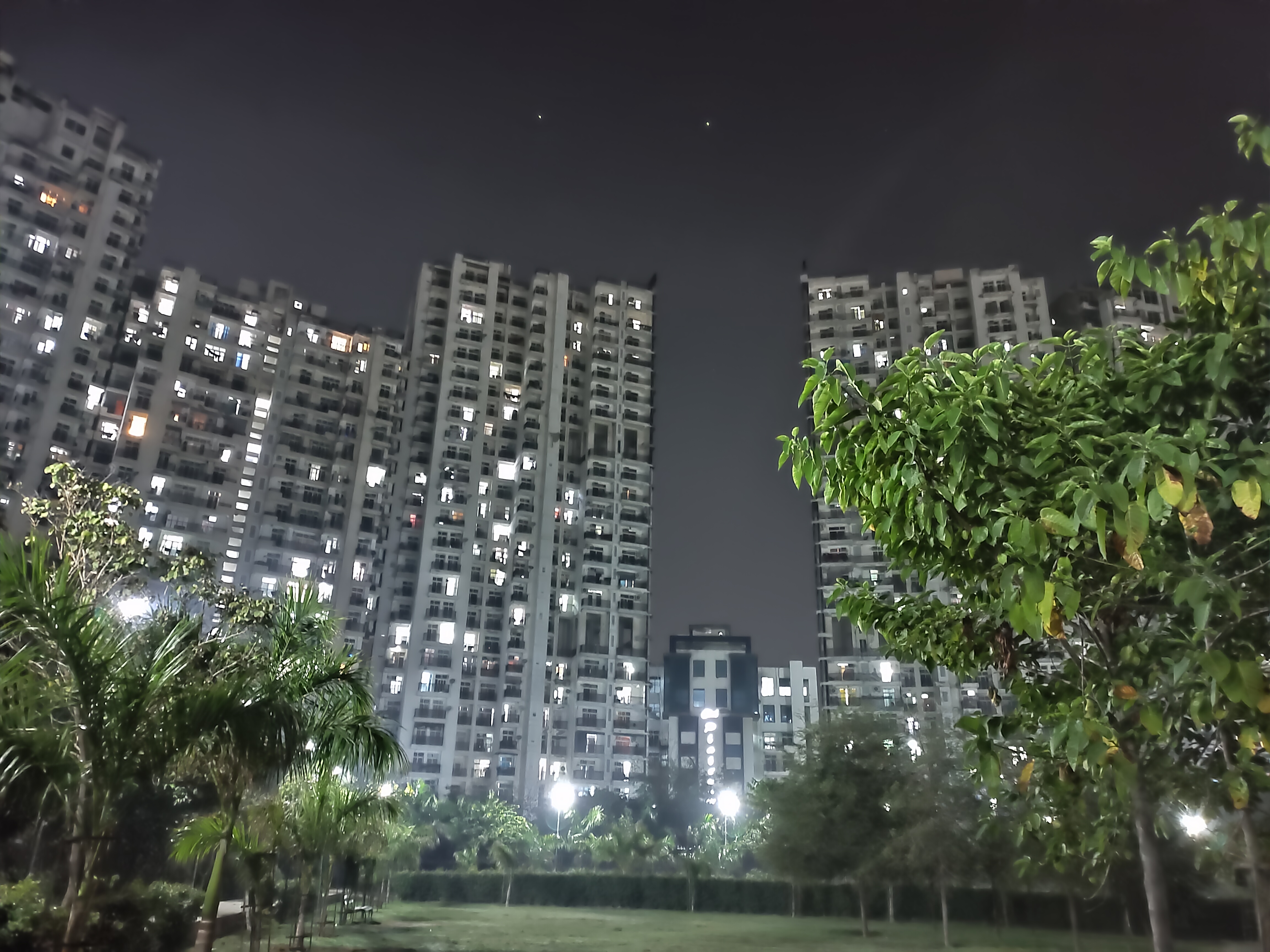

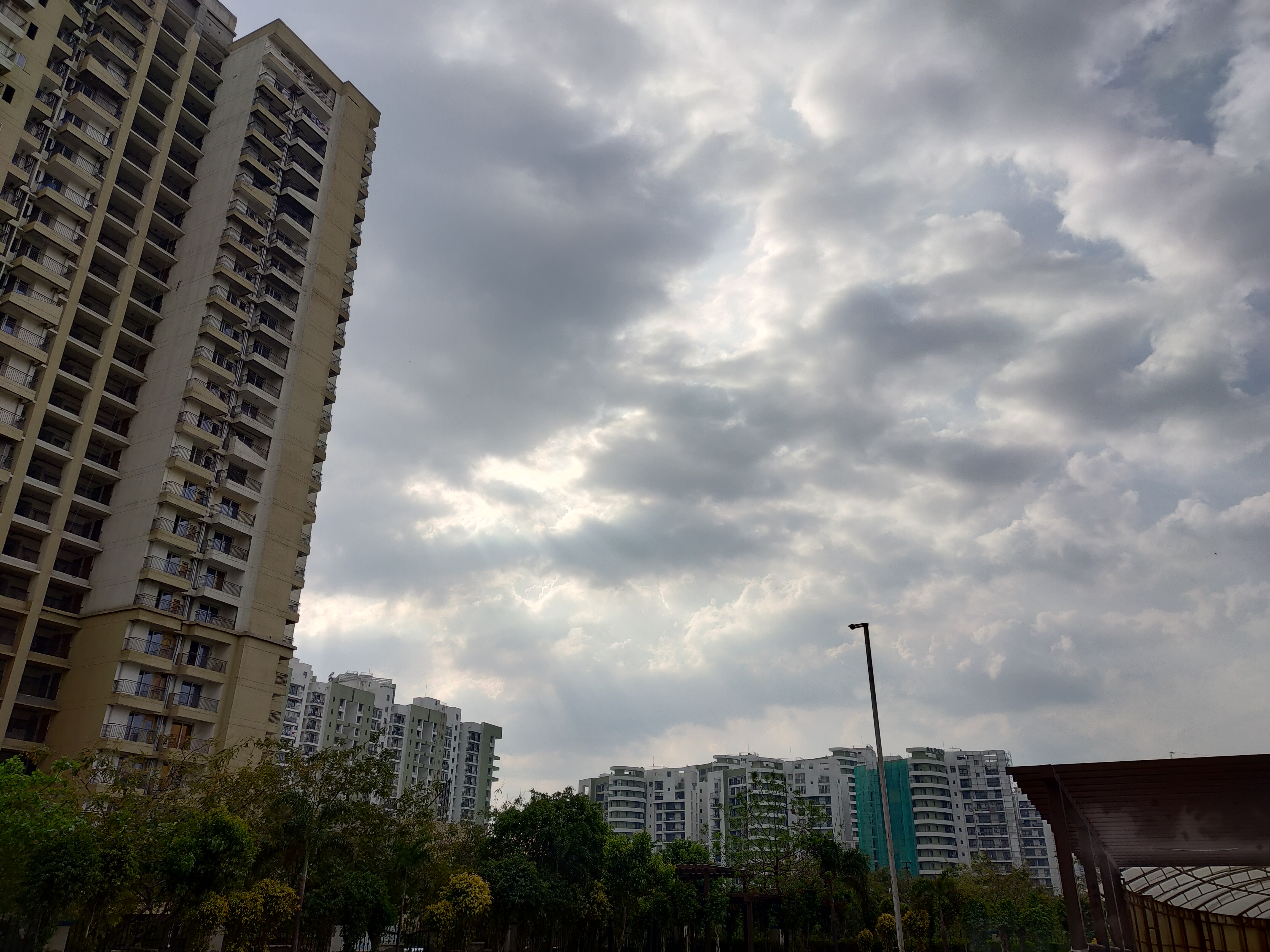





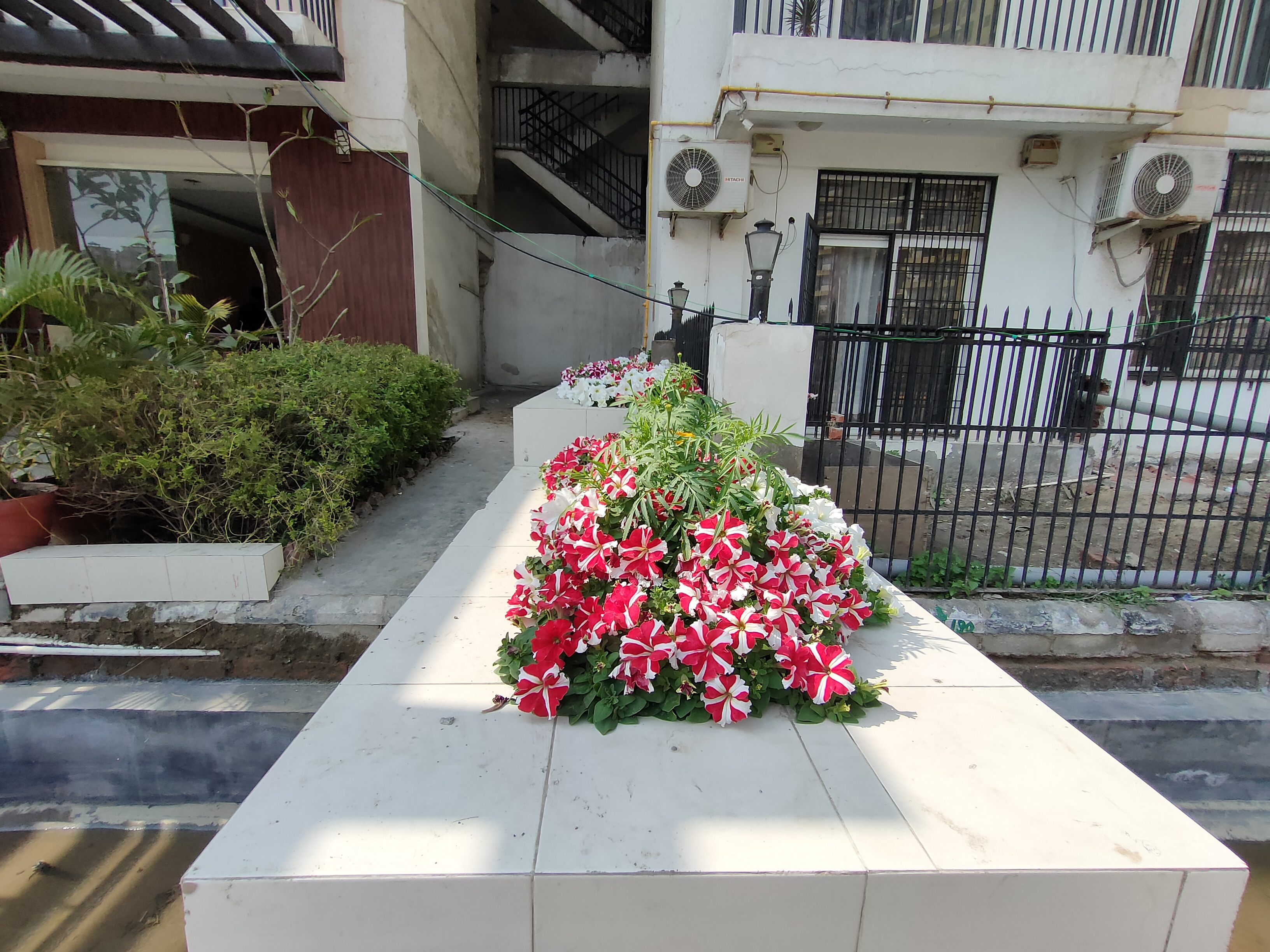

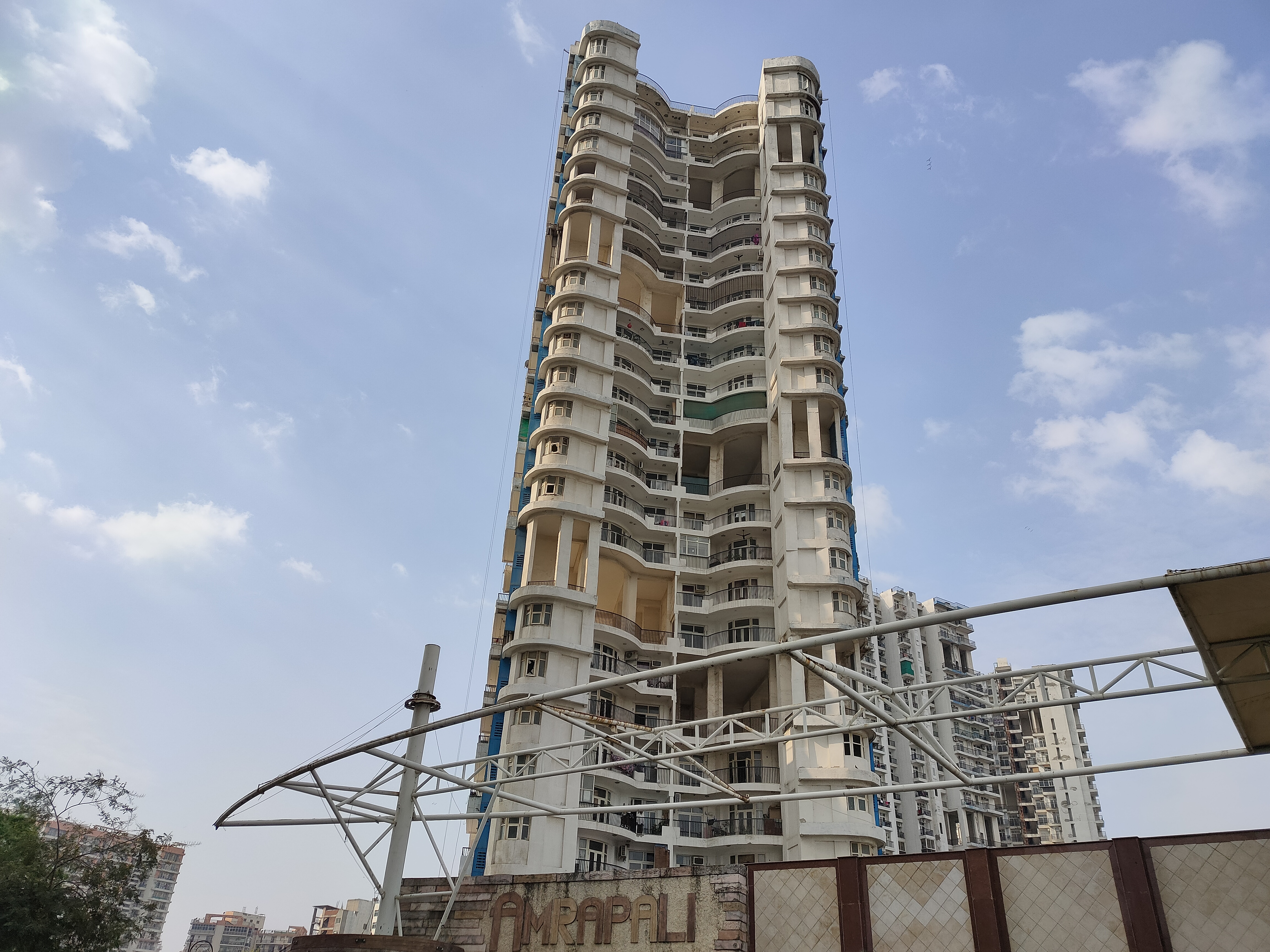

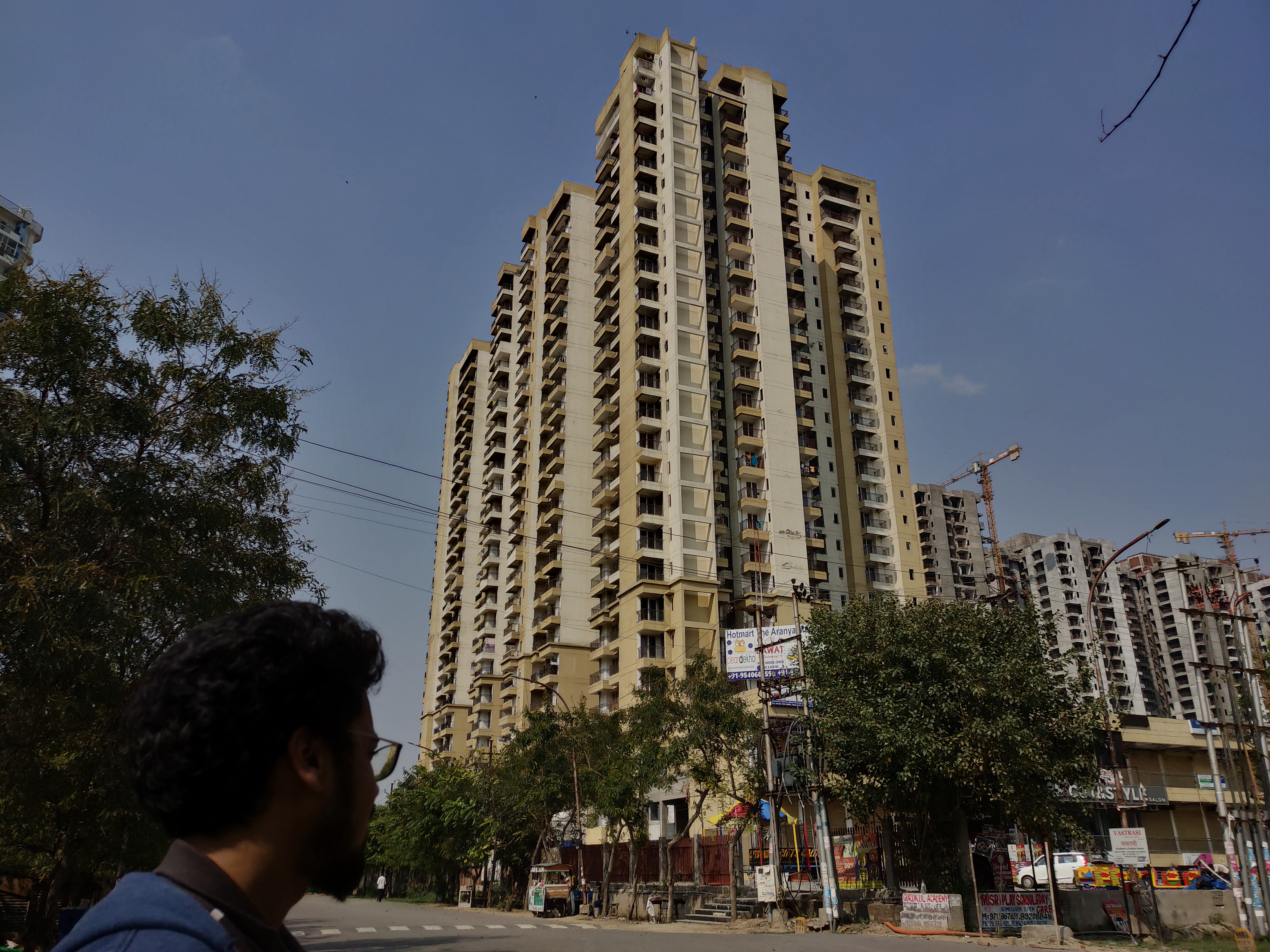

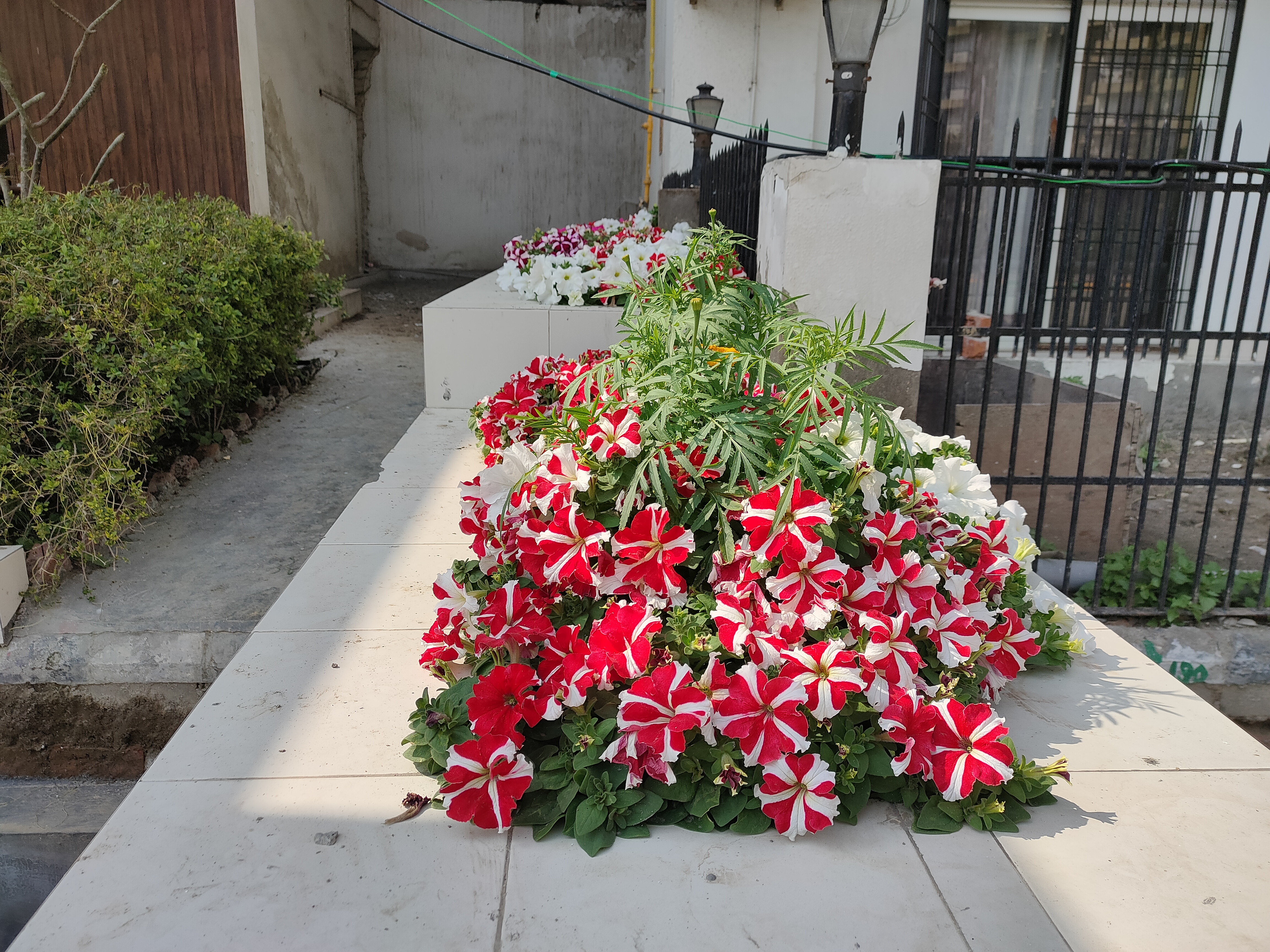
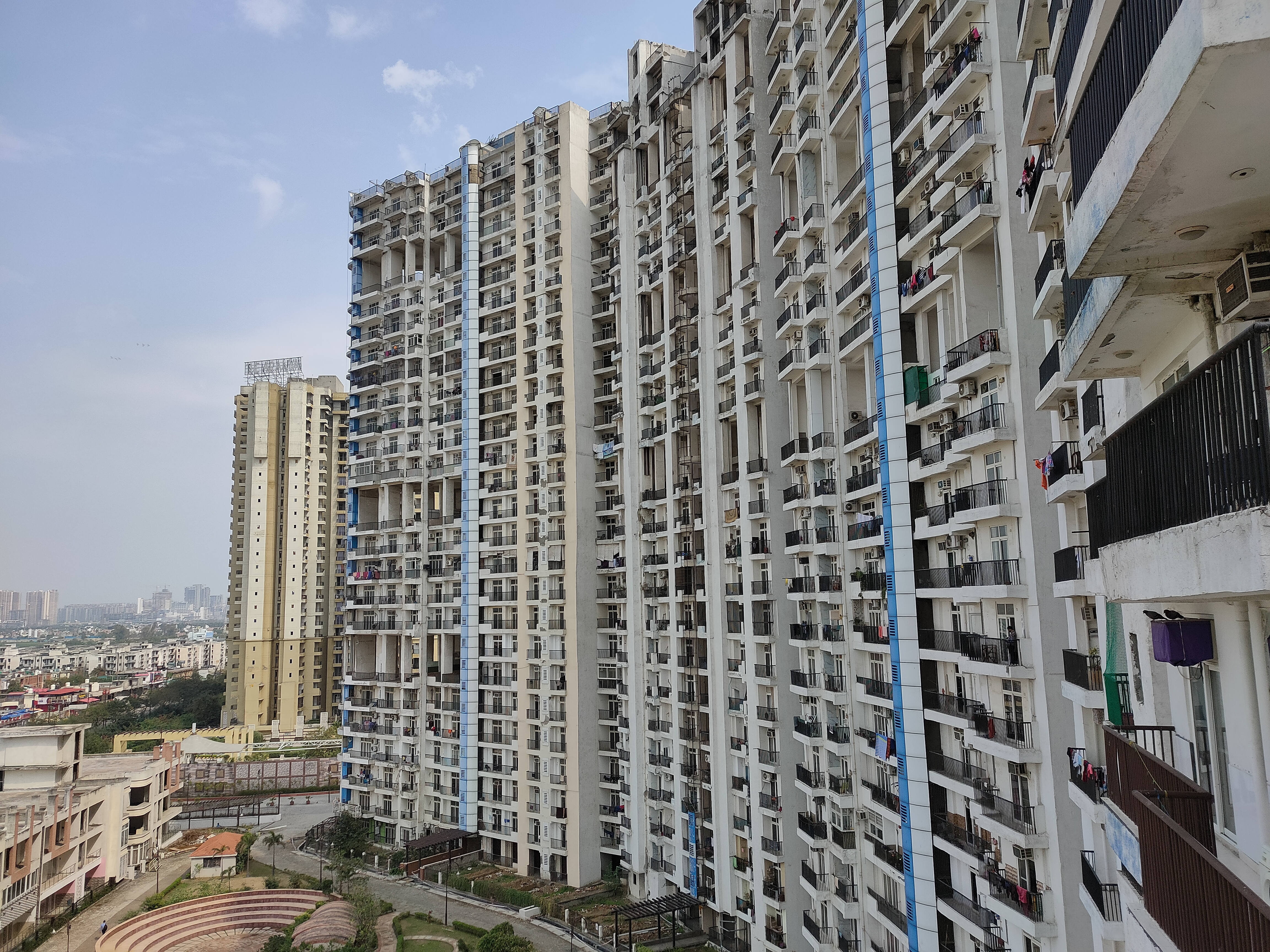
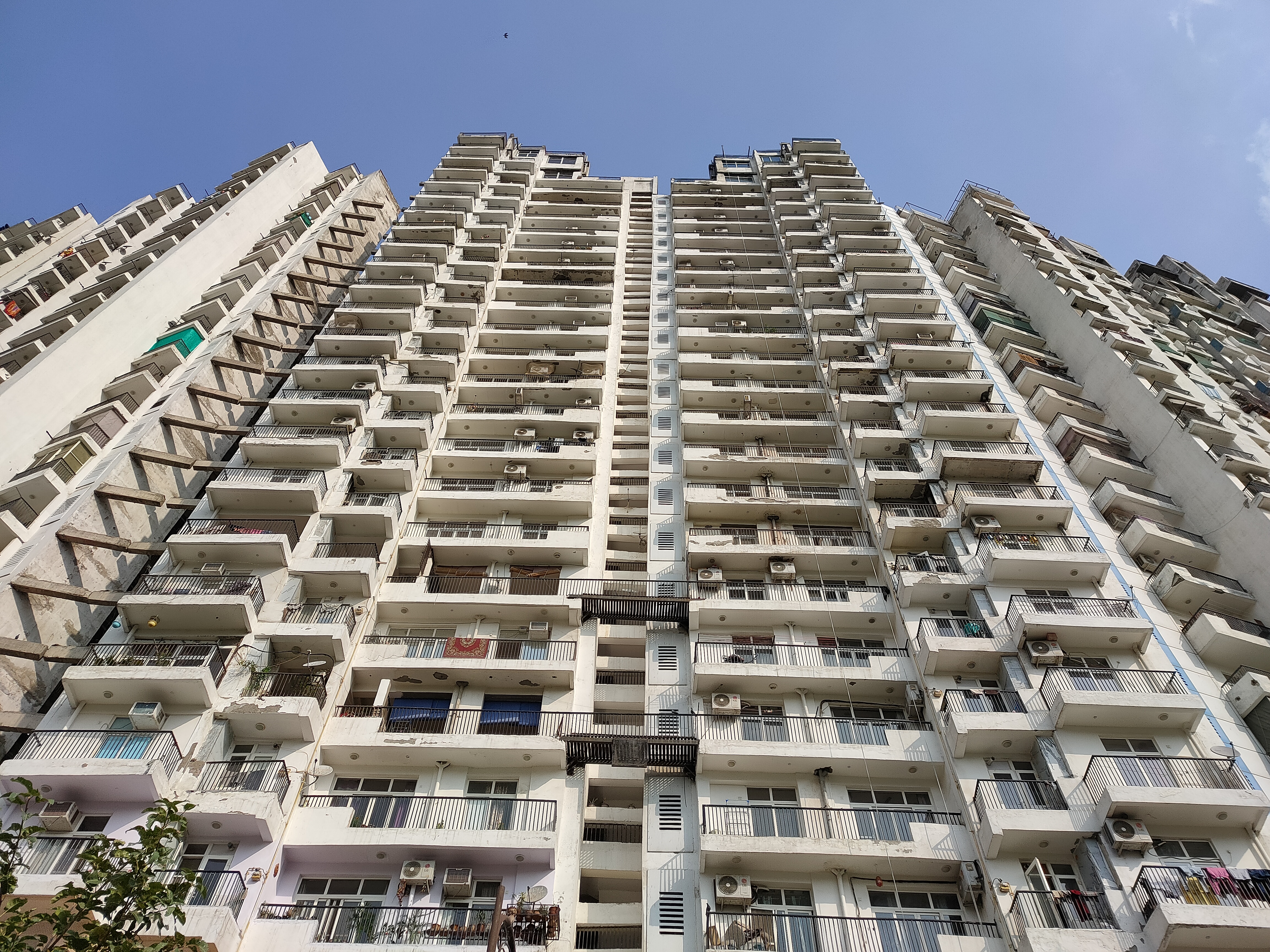



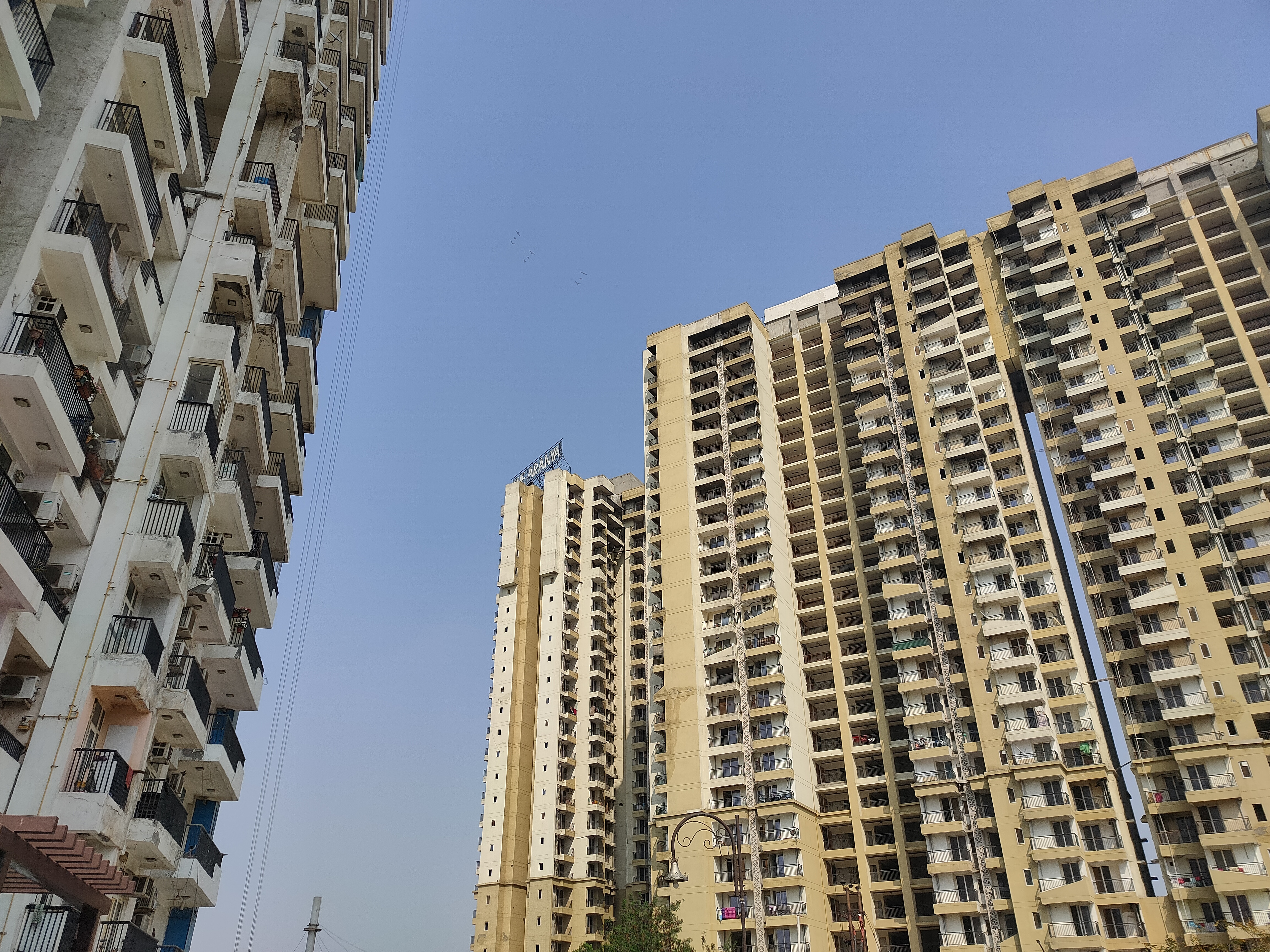
- 1
- 2
Current page: Overview, Design, Display & Cameras
Next Page Performance, Battery life & Final words- Siddharth Chauhan is the Consumer Technology Reporter at Digit India. He used to work as an Assistant Editor at TechRadar India
